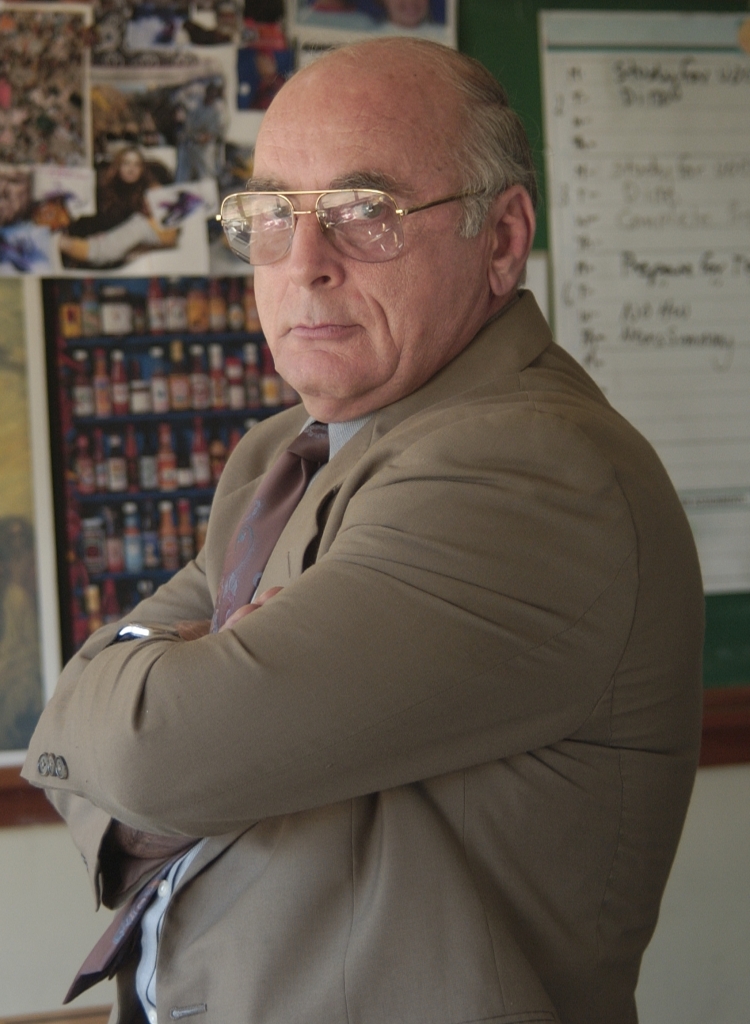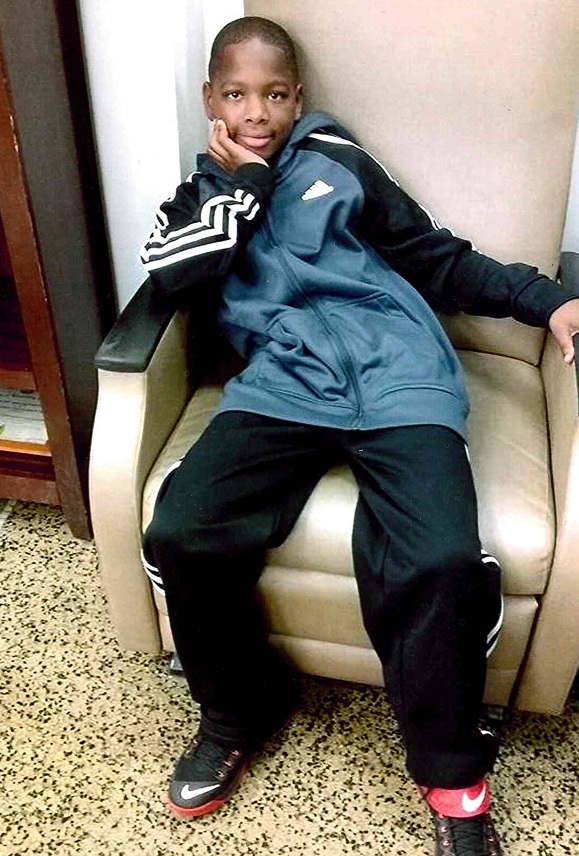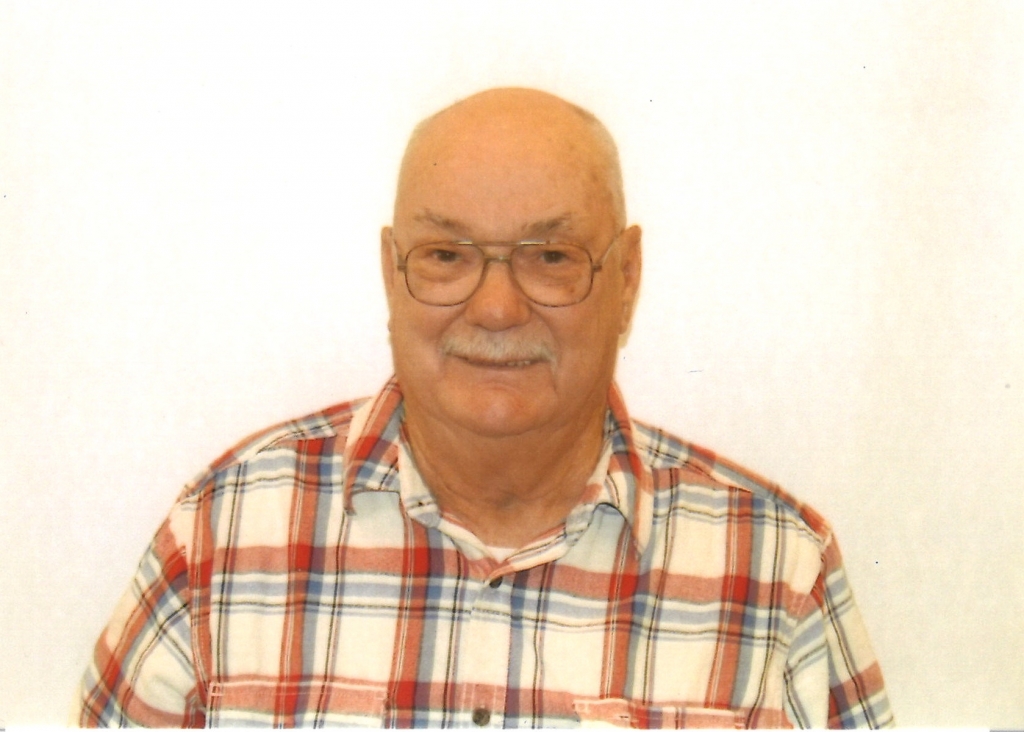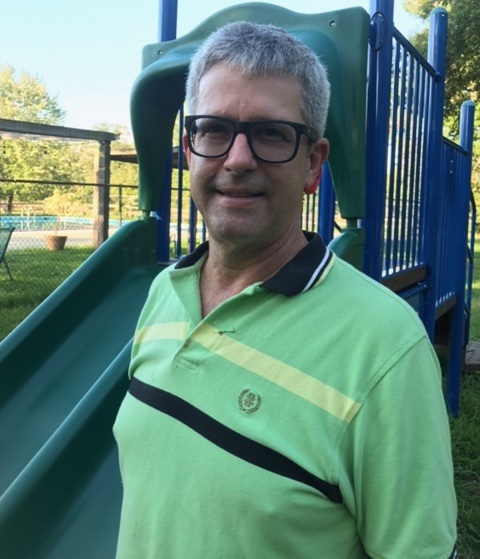By Sybil P. Veeder, Chair, Executive Committee
Carnegie Hero Fund Commission
2017 marked a year of change, growth, and continued success for the Hero Fund at large, which is reflected in and supported by the work of the Executive Committee. The Commission’s fulfillment of its mission is to recognize and support civilian heroism in the United States and Canada.
This past year saw a greater than average number of posthumous awards to deceased heroes, who gave their all in the attempt. In its work, it should be remembered that the Committee, in recognizing Carnegie heroes, does so in a lasting fashion, well beyond the present, and well into the future. The work lives on as a lasting tribute to heroes, in life and in death.
In September 2016, the Commission received a note from Merry Stockwell, widow of two-time Carnegie Medal recipient Daniel Elwood Stockwell, who died in 2009. Merry Stockwell had finally completed the final steps in placing a memorial stone at her husband’s grave site. It was a difficult final step for her to take. The stone bore two Carnegie Hero grave markers, one for each of the medals Daniel Stockwell had won, in 1964 and 1992, and they still provided comfort for her. She stated in her note that “Dan would be very proud to see them on his stone. Although he was never comfortable with the title of ‘hero,’ he was very proud to have been honored by the Carnegie Hero Fund Commission … Being part of the (Commission) ‘family’ was a privilege to Dan and has remained a source of pride and comfort to the children and me … Thank you for the work that you do honoring those who have heroically tried to save a fellow human being.”






 Sybil P. Veeder, a member of the Commission since 1992, has chaired the Executive Committee since 2002.
Sybil P. Veeder, a member of the Commission since 1992, has chaired the Executive Committee since 2002.